Near-Earth Magnetotail Reconnection Powers Space Storms
- PMID: 32021641
- PMCID: PMC6999787
- DOI: 10.1038/s41567-019-0749-4
Near-Earth Magnetotail Reconnection Powers Space Storms
Figures
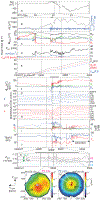
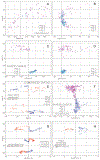


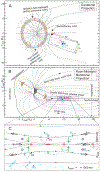
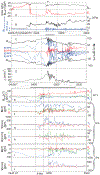
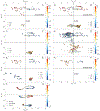
References
-
- Gonzales WD, et al., What is a geomagnetic storm? J. Geophys. Res, 99, 5771–5791, doi:10.1029/93JA02867 (1994). - DOI
-
- Gonzalez WD, et al., Solar wind-magnetosphere coupling during intense magnetic storms (1978–1979), J. Geophys. Res, 94, 8835–8851, doi: 10.1029/JA094iA07p08835 (1989). - DOI
-
- Dungey JW, Interplanetary magnetic field and the auroral zones, Phys. Rev. Lett, 6, 47–48, doi: 10.1103/PhysRevLett.6.47 (1961). - DOI
-
- Akasofu S–I, Energy coupling between the solar wind and the magnetosphere, Space Sci. Rev, 28, 121–190, doi: 10.1007/BF00218810 (1981). - DOI
Grants and funding
LinkOut - more resources
Full Text Sources
